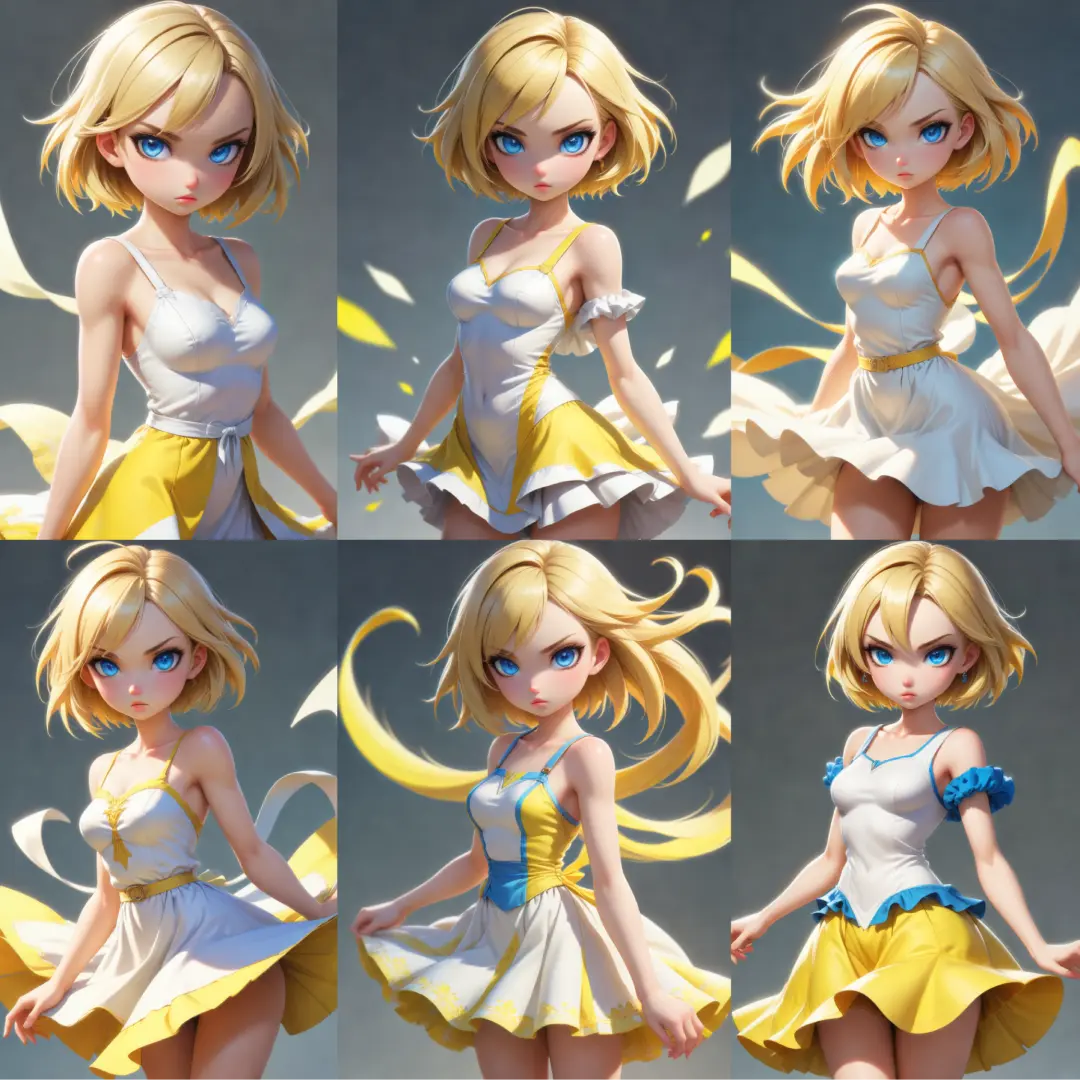ComfyUI Node: Image Gradient Map
Image Gradient Map
CategoryWAS Suite/Image/Filter
WASasquatch (Account age: 4910days) Extension
WAS Node Suite Latest Updated
2025-03-27 Github Stars
1.44K
How to Install WAS Node Suite
Install this extension via the ComfyUI Manager by searching for WAS Node Suite- 1. Click the Manager button in the main menu
- 2. Select Custom Nodes Manager button
- 3. Enter WAS Node Suite in the search bar
Visit ComfyUI Online for ready-to-use ComfyUI environment
- Free trial available
- 16GB VRAM to 80GB VRAM GPU machines
- 400+ preloaded models/nodes
- Freedom to upload custom models/nodes
- 200+ ready-to-run workflows
- 100% private workspace with up to 200GB storage
- Dedicated Support
Image Gradient Map Description
Transform input images with gradient maps for creative recoloring and artistic effects, enhancing visual aesthetics.
Image Gradient Map:
The Image Gradient Map node is designed to transform an input image by applying a gradient map, which is essentially a color transformation based on the intensity values of the original image. This node allows you to creatively recolor an image by mapping its grayscale values to a specified gradient image. The gradient image serves as a lookup table (LUT) where each intensity value in the input image is replaced with the corresponding color from the gradient image. This technique is particularly useful for creating artistic effects, enhancing visual aesthetics, and emphasizing certain features within an image. The node also offers an option to flip the gradient image horizontally, providing additional flexibility in achieving the desired visual outcome.
Image Gradient Map Input Parameters:
image
This parameter represents the input image that you want to transform using the gradient map. The image should be in a format that can be processed by the node, typically a tensor representation of an image. The input image's intensity values will be used to map colors from the gradient image.
gradient_image
This parameter is the gradient image that serves as the color lookup table (LUT) for the transformation. The gradient image should be a color image where each pixel's color corresponds to a specific intensity value. The node will use this gradient image to recolor the input image based on its intensity values.
flip_left_right
This parameter determines whether the gradient image should be flipped horizontally before applying it to the input image. It accepts two options: "false" and "true". If set to "true", the gradient image will be flipped left to right, which can create different visual effects. The default value is "false".
Image Gradient Map Output Parameters:
IMAGE
The output parameter is the transformed image, which is the result of applying the gradient map to the input image. This image will have the same dimensions as the input image but with colors mapped according to the gradient image. The output is typically in tensor format, ready for further processing or display.
Image Gradient Map Usage Tips:
- Experiment with different gradient images to achieve various artistic effects. You can create your own gradient images or use pre-existing ones to see how they transform your input image.
- Use the flip_left_right option to explore different visual outcomes. Flipping the gradient image can sometimes produce more appealing results depending on the content of the input image.
- Combine this node with other image processing nodes to create complex and unique visual effects. For example, you can apply a gradient map after performing edge detection or other filtering techniques.
Image Gradient Map Common Errors and Solutions:
Error: "Invalid image format"
- Explanation: This error occurs when the input image or gradient image is not in a supported format.
- Solution: Ensure that both the input image and gradient image are in a compatible format, typically a tensor representation of an image.
Error: "Gradient image size mismatch"
- Explanation: This error happens when the gradient image does not have the expected dimensions for the lookup table.
- Solution: Make sure the gradient image is properly sized and formatted. The node expects a gradient image that can be resized to 256x256 pixels for the lookup table.
Error: "Flip option not recognized"
- Explanation: This error occurs if the flip_left_right parameter is set to an unrecognized value.
- Solution: Ensure that the flip_left_right parameter is set to either "false" or "true". Any other value will cause this error.
Image Gradient Map Related Nodes
RunComfy is the premier ComfyUI platform, offering ComfyUI online environment and services, along with ComfyUI workflows featuring stunning visuals. RunComfy also provides AI Playground, enabling artists to harness the latest AI tools to create incredible art.



